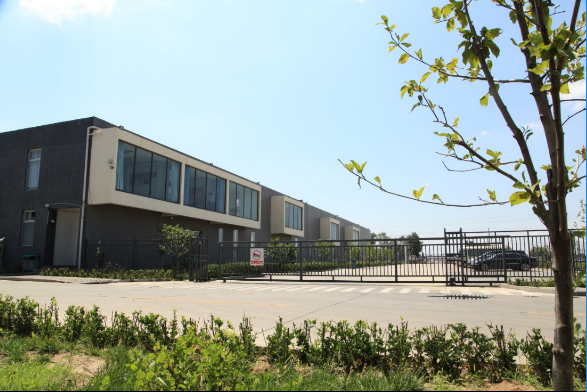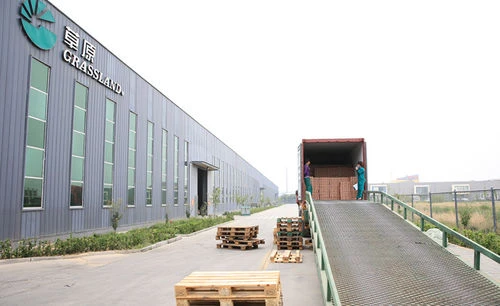

Efficiency and cost-effectiveness are also influenced by the wheel's performance life. Based on extensive experience, a high-quality masonry cut off wheel may last longer even under metal cutting conditions, thereby reducing downtime for wheel changes. However, evaluate the total cost of ownership, considering not just the wheel price but also the potential impact on the machine's condition and safety features. Each project circumstances can differ vastly; thus, experimenting with several brands and types might reveal which offers the best trade-off between performance and price. Engaging with technical service representatives from wheel manufacturers can greatly benefit in selecting the right tool. The in-depth technical knowledge they provide often matches or exceeds field-based experiential learning, bridging gaps between practical experience and cutting-edge technology. The authority of one's expertise comes not only from proper tool selection but also from conducting regular tool maintenance. Keeping cut off wheels clean and stored under dry conditions prevents damage that could compromise performance. Metal dust and shavings should not adhere to the wheel surface as they can exacerbate issues during subsequent use. Trustworthiness in selecting and utilizing masonry cut off wheels for metal extends to understanding proper technique during use. Ensure steady, consistent pressure when cutting to avoid binding, which could cause the wheel to shatter. Having personally encountered several cases of improper handling leading to equipment failure, a commitment to industry best practices cannot be overstated for ensuring success and safety. A rich blend of expertise, reinforced by continual learning from authoritative sources, guarantees the choice and use of masonry cut off wheels on metal that meet the highest standards of effectiveness and safety. By adhering to these principles derived from firsthand experience and professional insight, users can optimize their work processes meaningfully and safely, thus securing their position at the forefront of industrial cutting practice.
Post time:Jan - 25 - 2025

















